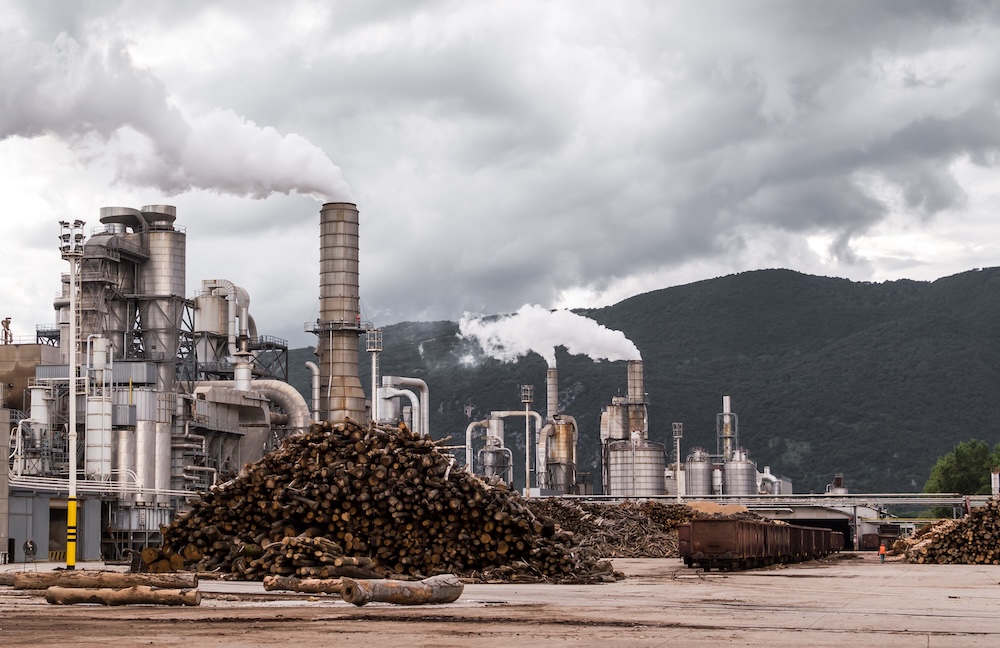Industrial pollution refers to the contamination of the environment caused by manufacturing and industrial activities, with serious consequences for ecosystems, human health, and the stability of the planet’s climate. As industries grow, so does their impact — making it essential to understand how pollution occurs and what strategies can mitigate its effects.
The Effects of Industrial Pollution
Air Pollution
Factories and power plants release particulate matter, sulfur dioxide, nitrogen oxides, and volatile organic compounds into the atmosphere. These pollutants contribute to smog, acid rain, and ground-level ozone. The health impacts are severe: respiratory illnesses, cardiovascular disease, and in some cases, premature death.
Water Pollution
Industrial wastewater often contains heavy metals, toxins, and chemicals. When discharged into rivers, lakes, or oceans without adequate treatment, it devastates aquatic ecosystems and contaminates drinking water. Fish kills, toxic algal blooms, and long-term bioaccumulation of harmful substances in the food chain are common outcomes.
Soil Contamination
Hazardous waste, spills, and chemical runoff from industries degrade soil quality. Polluted soils cannot sustain healthy crops, and contaminants often enter the food system through agriculture. Once in the soil, many pollutants persist for decades, undermining food security and rural livelihoods.
Greenhouse Gas Emissions
Industrial activity is a major driver of climate change. Carbon dioxide, methane, and nitrous oxide emissions trap heat in the atmosphere, intensifying global warming. Rising sea levels, extreme weather events, and biodiversity loss are direct results of unchecked emissions from factories, energy production, and heavy industry.
Strategies for Mitigating Industrial Pollution
Regulations and Policies
Governments play a critical role by setting emission standards, regulating hazardous substances, and penalizing non-compliance. Effective regulation pushes industries to innovate and prevents polluters from externalizing costs onto society and the environment.
Technological Advancements
Cleaner technologies offer powerful solutions:
- Renewable energy reduces reliance on fossil fuels.
- Advanced filtration and scrubbers minimize toxic emissions.
- Circular economy innovations allow industrial byproducts to be reused instead of discarded.
Adopting closed-loop manufacturing — where waste becomes raw material for new processes — helps industries cut pollution while saving resources.
Financial Incentives
Tax breaks, subsidies, and grants encourage companies to invest in cleaner processes. By reducing upfront costs, financial support helps scale sustainable technologies and makes pollution reduction more feasible for industries worldwide.
Education and Awareness
Awareness campaigns can reshape both industry and consumer behavior. Training professionals in sustainable practices, educating policymakers about long-term risks, and empowering citizens to demand accountability all contribute to a collective push for cleaner industry.
Finance and Sustainability: The Role of Goldman Sachs
The financial sector plays a surprising but vital role in tackling industrial pollution. Capital can either lock industries into polluting practices or accelerate the transition to a low-carbon, sustainable economy.
Goldman Sachs is one example of how financial institutions can support sustainability:
- The company has committed to reducing its operational greenhouse gas emissions by 75% by 2030.
- It has invested in renewable energy projects and improved efficiency across its global offices.
- Through its Environmental Policy Framework, Goldman Sachs directs financing toward sustainable infrastructure, renewable energy, and companies committed to reducing pollution.
By leveraging capital, Goldman Sachs and similar institutions influence entire industries, helping shift markets away from extractive and polluting models toward cleaner alternatives.
Conclusion
Industrial pollution remains one of the most significant threats to planetary health. Air, water, soil, and climate are all affected by unchecked industrial growth, and the ripple effects threaten biodiversity, food systems, and human well-being.
Yet solutions exist. Strong regulations, technological innovation, financial incentives, and widespread awareness can reduce the damage. When industries adopt circular economy practices and when finance prioritizes sustainability, pollution is not inevitable — it can be prevented.
The responsibility does not rest solely on governments or industries. Consumers, communities, and investors all play a role. Every choice — from policies we support to products we buy to investments we make — creates ripples that either perpetuate pollution or build a cleaner, more sustainable future.









Reader Interactions